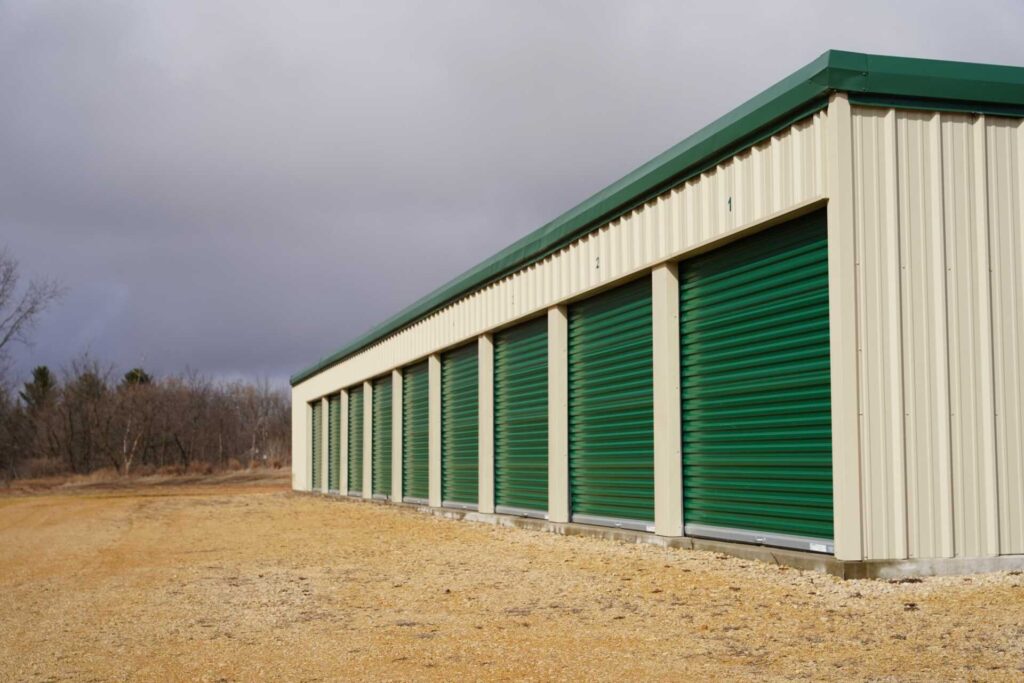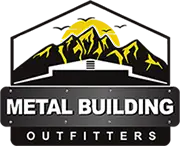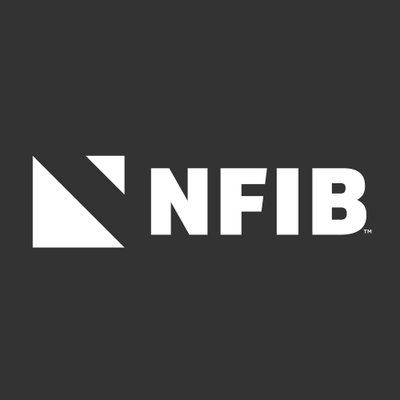
Contents
When it comes to metal commercial structures, you’ll want to focus on a few key strategies to ensure they stand the test of time. Choosing high-quality materials can make a significant difference, as can establishing a thorough maintenance routine. Additionally, don’t overlook the importance of designing your structure with the local environment in mind. These elements are vital for longevity, but there’s more to reflect on that could further enhance durability. Let’s explore what those additional factors might be and how they can impact your investment.
Key Takeaways
- Select high-quality materials, such as galvanized or stainless steel, to enhance the durability and longevity of metal structures.
- Implement a regular maintenance schedule, including biannual inspections, to identify and address potential issues early.
- Design with environmental resilience in mind, incorporating features like sloped roofs and corrosion-resistant coatings to withstand local climate conditions.
- Understand material specifications and work with reputable suppliers to ensure compliance with industry standards and quality assurance.
- Plan for the long term by prioritizing adaptability in design and engaging in continuous education on material advancements and maintenance practices.
Choose High-Quality Materials
Typically, choosing high-quality materials is essential for the longevity of metal structures. When you’re involved in material selection, you need to take into account factors such as corrosion resistance, tensile strength, and thermal expansion. Each of these properties directly influences how well a structure will withstand environmental stresses over time. For instance, opting for galvanized steel or stainless steel can greatly enhance durability, particularly in harsh conditions.
Durability testing plays a critical role in ensuring that your chosen materials meet the necessary performance standards. By conducting rigorous tests, you can evaluate how the materials respond to external forces and varying temperatures. This proactive approach helps identify potential weaknesses and reinforces your commitment to quality and safety.
Moreover, the integration of advanced materials, such as high-performance alloys or composites, should also be part of your strategy. These materials often provide superior resistance to wear and tear, ultimately leading to lower maintenance costs and extended lifespan.
In addition, understanding the specifications and certifications of the materials you select can enhance your confidence in their performance. Work with suppliers who provide transparent information about their products and adhere to industry standards.
Engaging in this thorough material selection process fosters a sense of belonging within a community that values quality and reliability in construction. Ultimately, prioritizing high-quality materials sets the foundation for enduring metal structures that stand the test of time.
Implement Proper Maintenance Practices
Implementing proper maintenance practices from the very beginning is essential to ensuring the longevity of your metal structures. Regular maintenance enhances durability and helps you avoid costly repairs down the line.
Start by scheduling preventive inspections at least twice a year. These inspections allow you to identify corrosion, rust, or other potential issues before they escalate. Pay special attention to joints, seams, and areas prone to moisture accumulation, as these are often the first to show signs of wear.
In addition to inspections, don’t underestimate the importance of routine cleaning. Dirt, debris, and pollutants can accelerate the deterioration of your metal surfaces. Use appropriate cleaning agents that won’t damage the finish, and ascertain you follow up with a thorough rinse to remove any residue.
For large commercial structures, consider hiring professionals who specialize in metal maintenance; their expertise can save you time and ascertain the job is done correctly.
Design for Environmental Resilience
Designing for environmental resilience is essential for ensuring that your metal structures withstand various climatic challenges. By focusing on sustainable architecture and climate adaptability, you can create a building that not only endures but thrives in its environment. Start by evaluating the local climate conditions—consider factors like wind, rainfall, and temperature fluctuations. These elements will guide your material selection and design choices.
Incorporate features like sloped roofs and overhangs to facilitate water drainage and reduce heat absorption. Additionally, using corrosion-resistant coatings can enhance durability against harsh weather. Here’s a concise overview of key strategies:
| Strategy | Description | Benefits |
|---|---|---|
| Material Selection | Choose high-quality, rust-resistant metals | Increases longevity |
| Design Elements | Integrate features like overhangs | Enhances water management |
| Energy Efficiency | Use insulated walls and windows | Reduces energy consumption |
| Landscape Integration | Incorporate native vegetation | Improves stormwater management |
Final Thoughts
In the quest for durable metal commercial structures, the choices you make today can dictate your fate tomorrow. By selecting high-quality materials, adhering to a rigorous maintenance schedule, and designing for environmental resilience, you’re not just building a structure; you’re safeguarding your investment against the relentless forces of nature and time. Will your building stand strong against the elements, or will it succumb to corrosion and neglect? The answer lies in the strategies you implement now.
Recent Posts
Explore Benefits of Residential Metal Structures
It’s funny how you might stumble upon the idea of residential metal structures just when
5 Best Durable Metal Garages for Longevity
Imagine your garage as the backbone of your property, supporting everything from tools to vehicles,
3 Tips for Durable Metal Garages
Is it true that the longevity of your metal garages hinges on just a few




